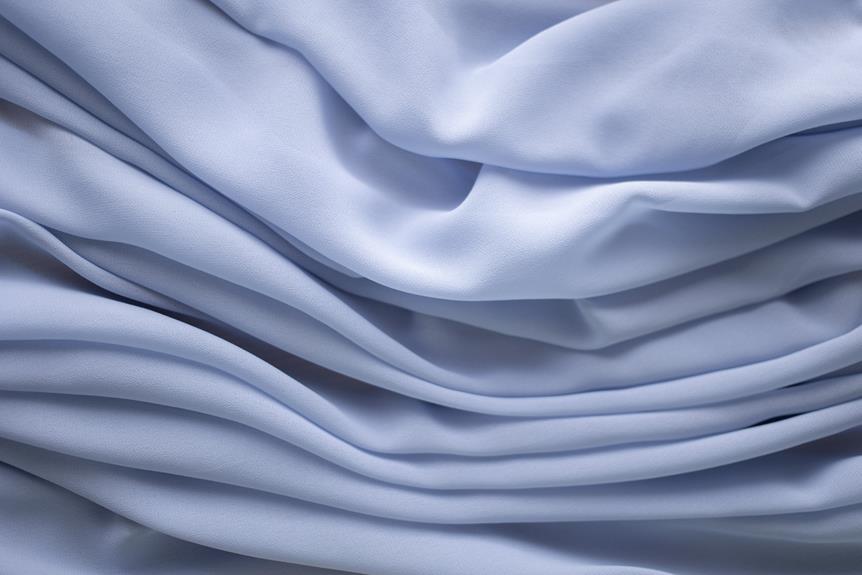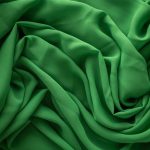Struggling with stubborn blue dye stains on your favorite fabrics? Fear not! In this comprehensive guide, you'll discover five effective methods to tackle those pesky stains head-on.
From the classic vinegar and baking soda approach to the powerful hydrogen peroxide treatment, you'll learn the expert techniques needed to restore your fabrics to their former glory.
No more frustration or disappointment – with these proven methods, you'll be equipped to tackle blue dye stains with confidence and finesse.
Let's dive in and master the art of stain removal!
Key Takeaways
- Vinegar and baking soda can be used to create a paste that helps remove blue dye stains from fabrics.
- Lemon juice and salt can also be combined to create a paste that effectively removes blue dye stains.
- Hydrogen peroxide can be used to treat blue dye stains, but it is important to perform a patch test first.
- Color remover products can be used to remove blue dye stains, but it is crucial to follow the instructions and conduct a fabric test beforehand.
Vinegar and Baking Soda Method
If you want to remove blue dye stains from fabrics using the vinegar and baking soda method, start by creating a paste with equal parts of white vinegar and baking soda. This method works due to the chemical reaction that occurs when the acidic vinegar (which has a low pH) combines with the alkaline baking soda (which has a high pH). The resulting foaming action helps to lift and remove the blue dye stains from the fabric.
To apply the paste, gently spread it over the stained area, ensuring that it covers the entire affected area. Allow the paste to sit on the fabric for at least 30 minutes to allow the chemical reaction to take place and the stain to lift. After the allotted time, gently scrub the area with a soft brush or cloth, working the paste into the fabric. Then, rinse the fabric thoroughly with cold water.
Next, launder the fabric as usual, following the care instructions. This method is effective due to the pH balance and the chemical reaction, making it a reliable way to remove blue dye stains from fabrics.
Lemon Juice and Salt Solution
To remove blue dye stains from fabrics using the lemon juice and salt solution, start by mixing equal parts of lemon juice and salt to create a paste. This DIY stain remover is an effective natural fabric cleaner that can help lift the stain from the fabric. Once the paste is formed, apply it directly onto the stained area and gently rub it in. Allow the solution to sit on the fabric for at least 15 minutes to penetrate the stain.
After the allotted time, rinse the fabric with cold water to remove the paste.
Next, examine the fabric to see if the stain has lightened or disappeared. If the stain is still visible, repeat the process until the desired result is achieved.
Once the stain has been successfully removed, launder the fabric as usual. This method is particularly useful for treating blue dye stains on white or light-colored fabrics.
Using this lemon juice and salt solution as a DIY stain remover provides a natural and effective way to tackle blue dye stains on various fabrics.
Hydrogen Peroxide Treatment
Start by applying a small amount of hydrogen peroxide directly onto the blue dye stain on the fabric. Hydrogen peroxide is an effective alternative bleaching method for removing blue dye stains from fabrics. It works by breaking down the chemical bonds of the dye, making it easier to lift from the fabric.
When using hydrogen peroxide, it's important to consider the sensitivity of the fabric. Perform a patch test in an inconspicuous area to ensure that the fabric can withstand the treatment without discoloration or damage.
To proceed, mix one part hydrogen peroxide with two parts water to create a mild solution. Gently dab the solution onto the blue dye stain using a clean cloth or sponge. Allow the hydrogen peroxide solution to sit on the stain for a few minutes to penetrate and lift the dye.
Afterward, rinse the fabric thoroughly with cold water to remove any residual hydrogen peroxide. If the stain persists, repeat the process until the desired result is achieved.
Once the stain is removed, wash the fabric as usual to ensure the complete removal of the hydrogen peroxide and any remaining dye residue. Remember to always check the fabric care label and seek professional assistance if needed.
Using Color Remover Products
Apply a color remover product directly onto the blue dye stain on the fabric, following the instructions provided on the product packaging. Before applying the color remover, it's essential to conduct a fabric test to ensure the product won't cause any damage or discoloration to the fabric.
Here's how to effectively use a color remover product:
- Fabric Testing: Always perform a patch test on a small, inconspicuous area of the fabric to check for any adverse reactions before applying the color remover to the stained area.
- Application Process: Follow the manufacturer's instructions for applying the color remover. Typically, you'll need to mix the product with water, apply it directly to the stain, and then rinse thoroughly. Make sure to wear gloves and work in a well-ventilated area when using color removers.
Using a color remover product can be an effective way to eliminate blue dye stains from fabrics. However, it's crucial to carefully follow the application process and conduct a fabric test to safeguard against any unintended damage to the material.
White Vinegar Soak and Wash
After testing a color remover product, you can move on to the next method for removing blue dye stains from fabrics: a white vinegar soak and wash.
To begin, mix one part white vinegar with two parts water in a large bucket or sink. Submerge the stained fabric in the solution and let it soak for at least 30 minutes. White vinegar is an effective fabric softener alternative that also helps to break down and lift blue dye stains.
After the soaking period, launder the fabric as usual using the hottest water temperature recommended for the specific fabric. Add white vinegar to the rinse cycle as a fabric softener alternative to help further lift the stain and remove any remaining traces of blue dye.
Additionally, incorporating stain prevention tips into your laundry routine can help minimize the risk of future blue dye stains. For example, washing new garments separately, pre-treating stains promptly, and avoiding overloading the washing machine can all contribute to maintaining stain-free fabrics.
Frequently Asked Questions
Can Blue Dye Stains Be Removed From Delicate Fabrics Like Silk or Wool Using Any of These Methods?
Yes, blue dye stains can be removed from delicate fabrics like silk or wool. The methods mentioned are effective and gentle on silk and wool fabrics. It's important to follow the specific instructions for each method to avoid damage.
Will Any of These Methods Also Work for Removing Blue Dye Stains From Leather or Suede?
To remove blue dye stains from leather or suede, consider using a gentle leather cleaner or suede brush. However, be cautious as these methods may not be as effective on delicate fabrics and could potentially cause damage.
Are There Any Potential Side Effects or Damage to the Fabric That Can Occur From Using These Stain Removal Methods?
Using stain removal methods may pose potential risks to fabric, such as colorfastness issues or damage depending on the fabric type. It's important to test any method on a small, inconspicuous area first.
Can These Methods Be Used to Remove Set-In Blue Dye Stains, or Are They Only Effective on Fresh Stains?
Yes, the methods can effectively remove set-in blue dye stains. They have long term efficacy and are compatible with most fabrics. However, some fabrics may be prone to damage, so it's important to test first.
Will Any of These Methods Also Work for Removing Blue Dye Stains From Multi-Colored or Patterned Fabrics Without Affecting the Other Colors?
When removing blue dye stains from multi-colored or patterned fabrics, it's essential to prioritize color preservation and protection. Choose methods that are gentle and specifically designed to safeguard the integrity of the fabric's original colors and patterns.
- Tetron Fabric for Marine Applications: Durability and Use Cases - June 18, 2025
- Tetron Fabric for Outdoor Furniture: Weather Resistance and Care - June 18, 2025
- Tetron Fabric for Wall Coverings: Style and Application Tips - June 18, 2025






